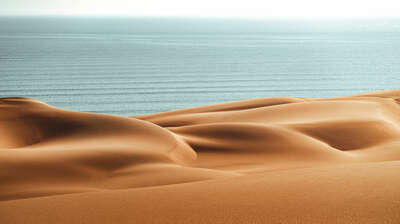

- Exclusive offers
- Inspiring new releases
- Personal invitations to Art Events

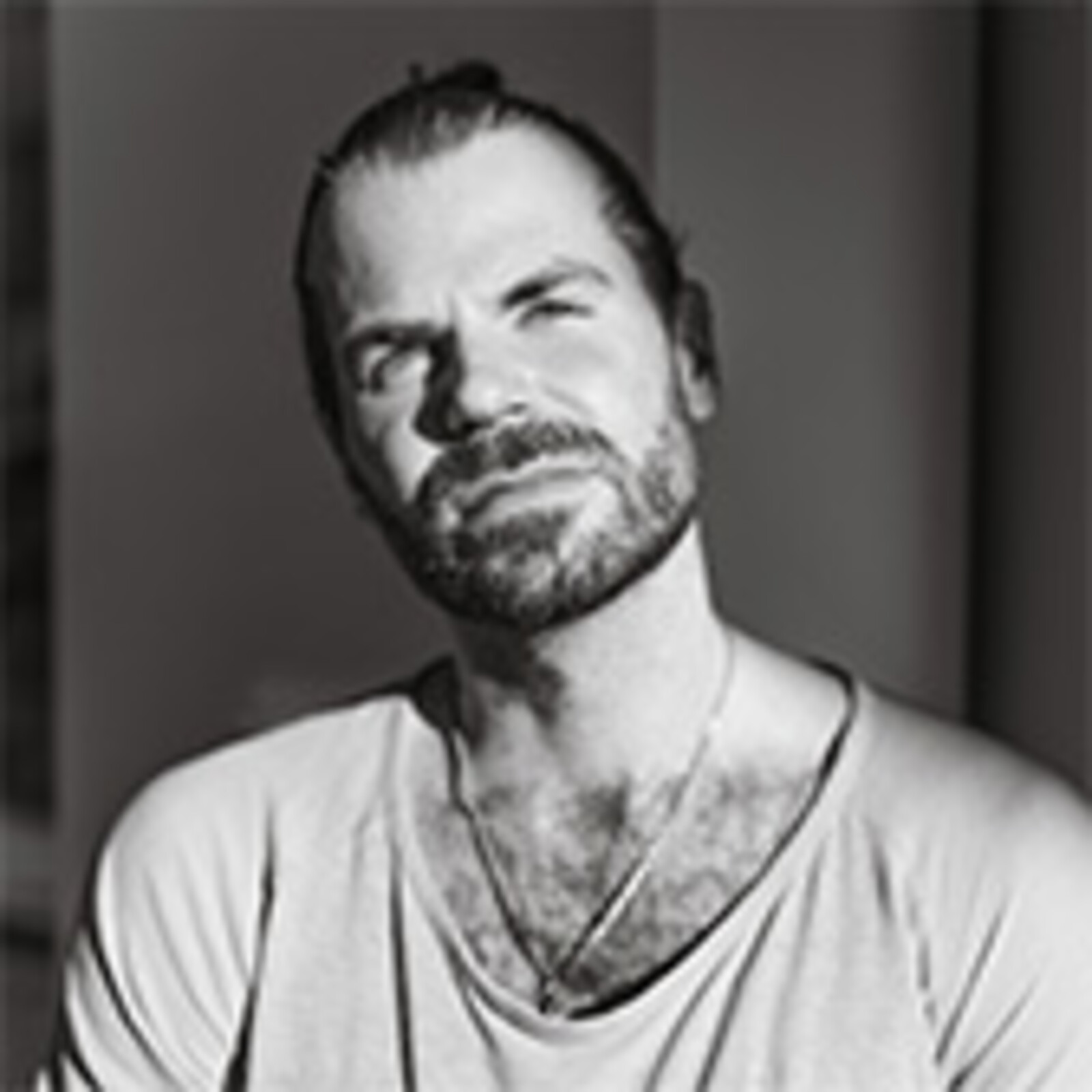
After an intense sojourn in Iceland and numerous trips around the world, photographer Ben Simon Rehn has now landed in the Harz Mountains of Germany. From here, the former high-performance athlete… Read more
Intro Interview
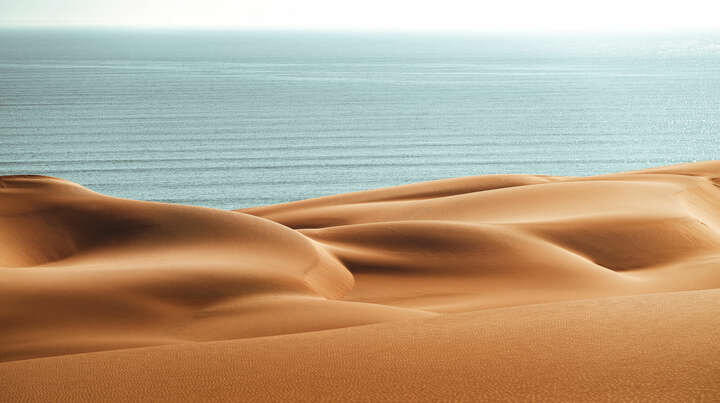

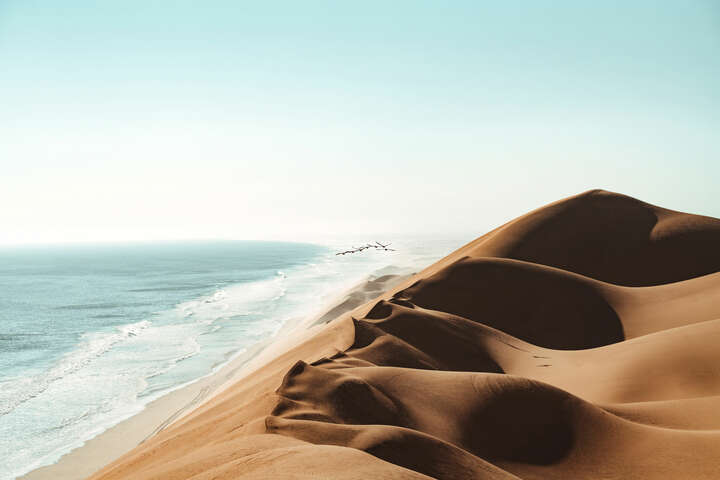
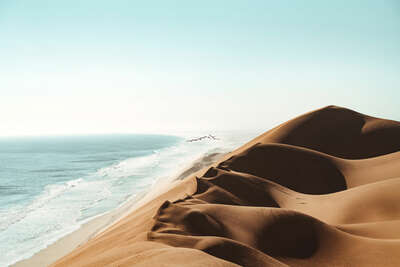
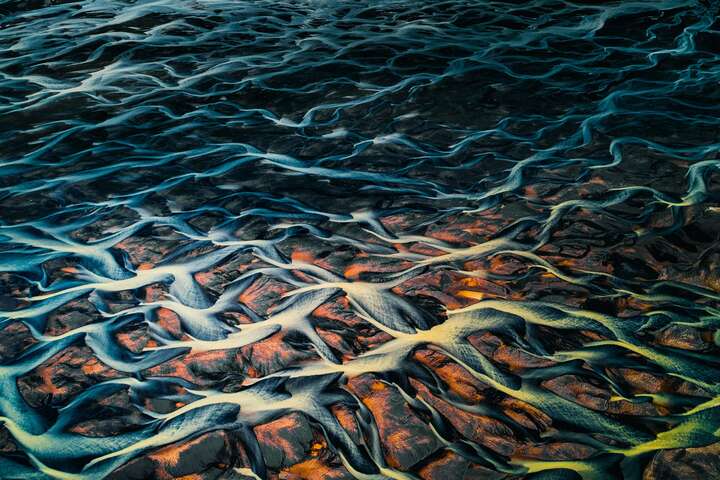
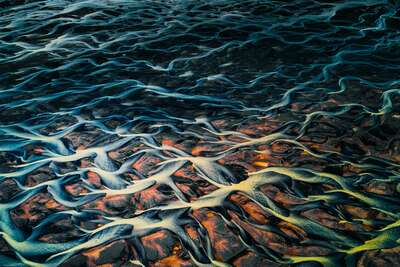
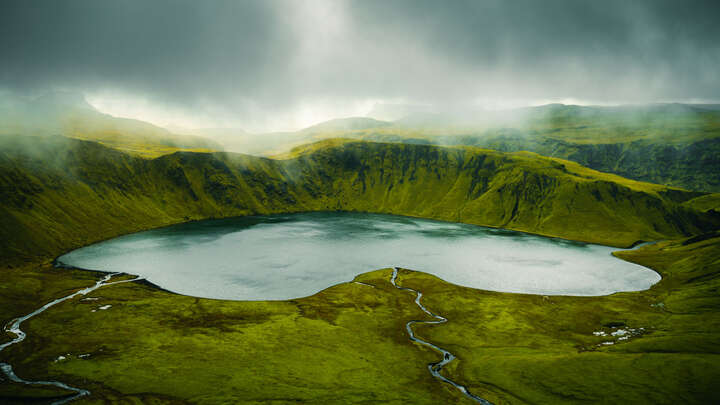
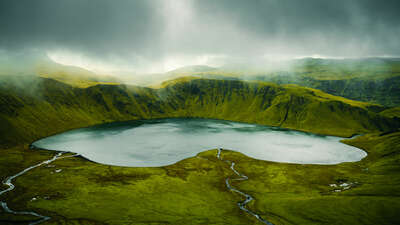
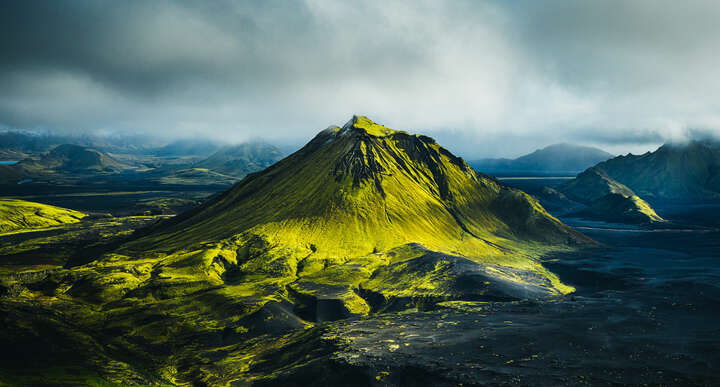
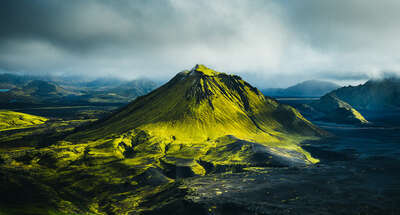
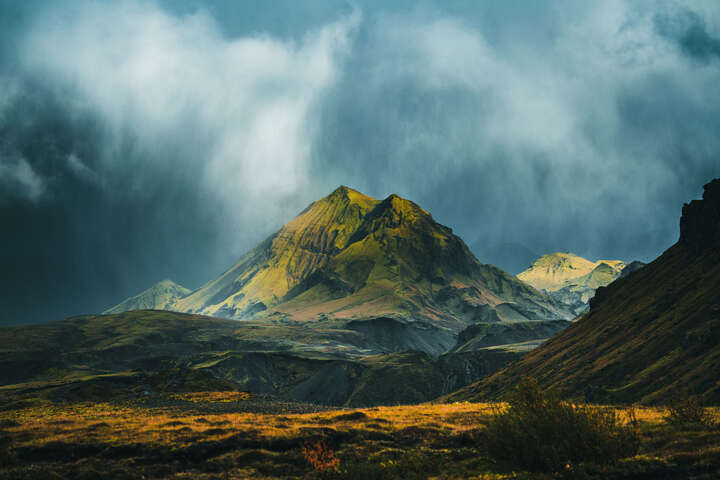

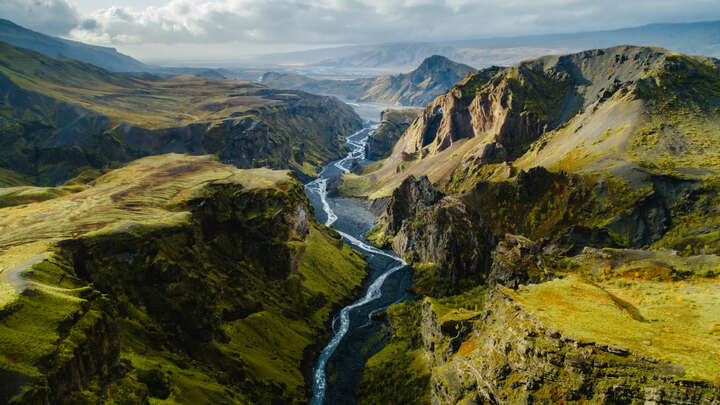
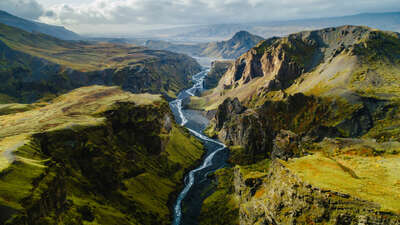
Picasso once said, “You don’t make art, you find it.” Where do you find your art?
In my view, Picasso was spot on. My pictures contain my personal experiences, my emotions, current events in the world and things that I have to process as an individual. For me, creativity is not an ongoing process but more like a wave that is always changing and you never know how high it’ll be. Nothing can be forced, so I usually go with the flow and try to look to other artists to expand my horizons and find new ideas.
From an idea to its materialization: How do you approach your work?
Some ideas simply emerge when I am taking photographs, while other photos require more planning. Above all, I keep an eye on weather conditions. For example, I like to be underway in the outdoors even when it isn’t so nice. It can rain for hours and suddenly there is a moment when the sky opens up, and that is what I am waiting for and want to capture. Sometimes, however, things turn out completely differently than you imagined. I really like this process and it often spontaneously produces fantastical pictures.
What is your favourite book?
I read Barry Lopez’s Arctic Dreams in Greenland and was fascinated by the diverse range of words he uses to describe the Arctic. It is often difficult to say what you see and feel in these remote areas, and in my view Lopez hits the nail on the head. In addition, he reveals a lot of scientific details that I didn’t know before. Besides this, I could read Lord of the Rings again and again.
Which artist would you like to have coffee with and what would you discuss?
He isn’t an artist, but Carl Gustav Jung is an extremely fascinating person. I would like to spend an evening with Sebastião Salgado. He is my absolute favourite. I would recommend everyone to see his film Salt of the Earth. I am most impressed with how he depicts social and environmental problems in his photographs. It is truly a unique gift and highly inspirational, for I would like to work more in this direction myself. It would surely be a very enriching experience to talk to him about all his experiences and projects.
How did you get into art?
I think Iceland’s nature had a significant impact. And also acquaintances who were already active as photographers. I had always been interested, even in my youth, but at the time I was active in high-performance sports and had little time to follow my artistic inclinations.
Who are the people in your surroundings that influence you?
My friends, my family and everyone who makes an impression on me. In my experience, you often meet the most interesting people in the craziest places, and they often have very interesting stories to tell. Talking with colleagues about my work is always helpful as well.
Imagine you have a time machine. Where would you go?
To a time before humanity, in order to see what the planet, nature and the animal world looked like. In my view, the world was an absolute paradise then. Stories from the eighteenth century tell of groups of whales so big that it took a day to pass them. It’s like the herds of buffalo that roamed the prairie by the millions. It must have been extraordinary to experience that.
Other than art, what are you most passionate about?
Sports and painting. Absolutely. Both are like meditation for me, because they give me balance and equilibrium. Whether on canvas, with acrylic paints or in another form, I like to create abstract things. Over the past year, I’ve rediscovered running and it is incredible fun to enjoy nature with good music while keeping in shape.
What are you working on right now?
Patterns of Life – a book about natural forms and structures that occur over and over in nature and in landscapes. It’s a long process, but I am determined to create at least one photo-book in my lifetime.
Visit LUMAS USA!
Delivery to your country is not possible from this site.
If you would like to place an order, please visit LUMAS USA.